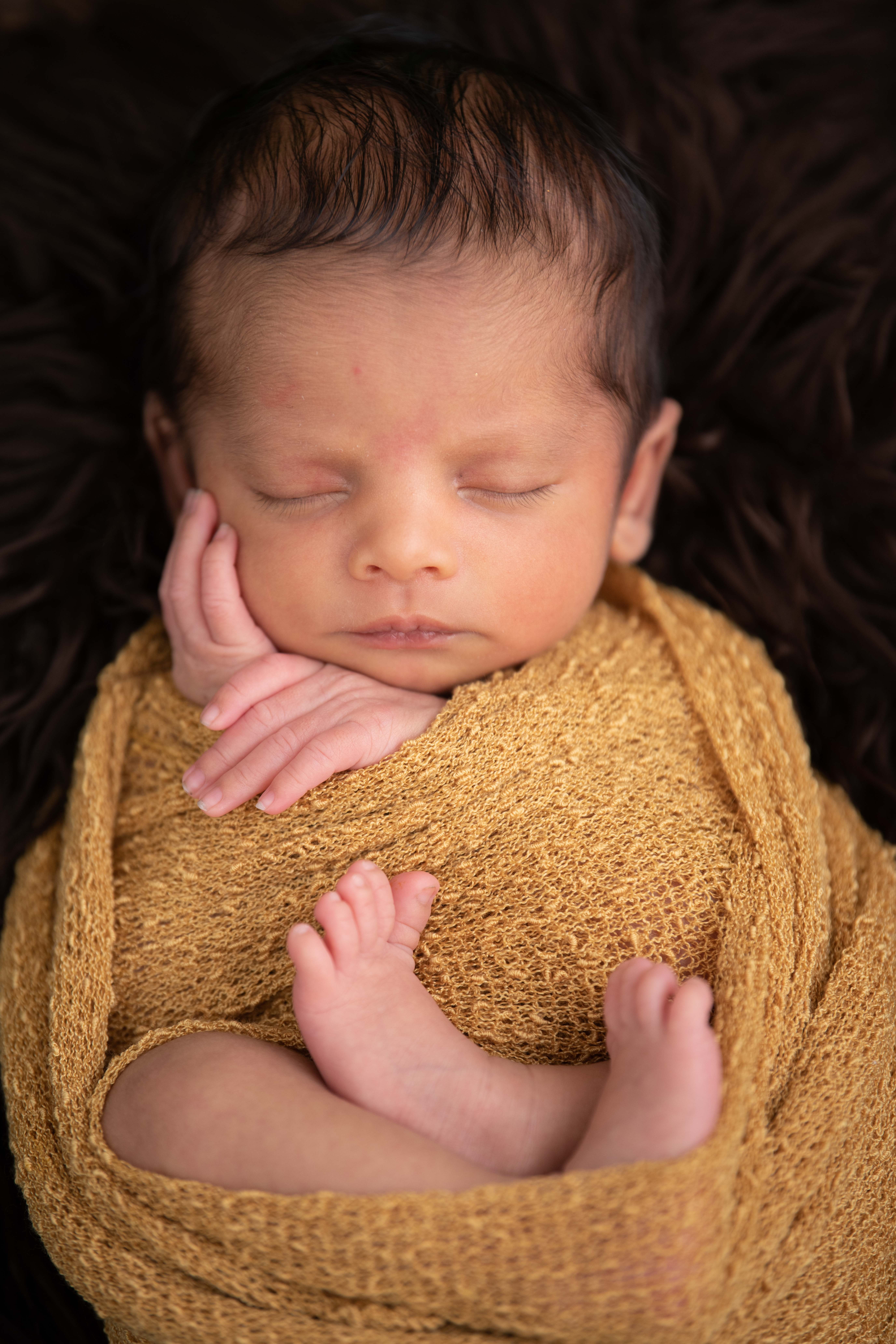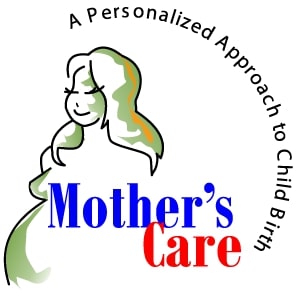Assisted Reproductive Technology Methods
Successful methods of assisted reproductive technology (ART) are intrauterine insemination (IUI), in vitro fertilization (IVF), and intracytoplasmic sperm injection (ICSI). These methods may be applied:
- In a completely natural cycle – can be carried out every month
- In a modified natural cycle
- With mild ovarian stimulation (2-6 eggs) – can be carried out 4-5 times a year
- With standard ovarian stimulation – can be carried out several times a year
In consultations with your reproductive gynecologist, you will choose a method which is most appropriate for you at the time. Medical experts performing assisted reproductive technology are as follows:
- Reproductive endocrinologists with experience in gynecological endocrinology, reproductive medicine, and ultrasound examination.
- Biologists-embryologists, i.e., biology engineers, with experience in working with gametes and embryos. They should be licensed in accordance with professional criteria.
- Nurses working in ART institutions must undergo a special education in the field as during the process of assisted reproduction they are the ones who mostly communicate to the patients.
The success of the procedures depends on many factors. On average insemination and IVF/ICSI in a natural cycle have a success rate of 10-15%, IVF/ICSI with mild ovarian induction comes to 25-30%, whereas IVF/ICSI in conventional induction has a success rate of 25-40% per procedure. The success rate of the procedure, among others, depends on the following:
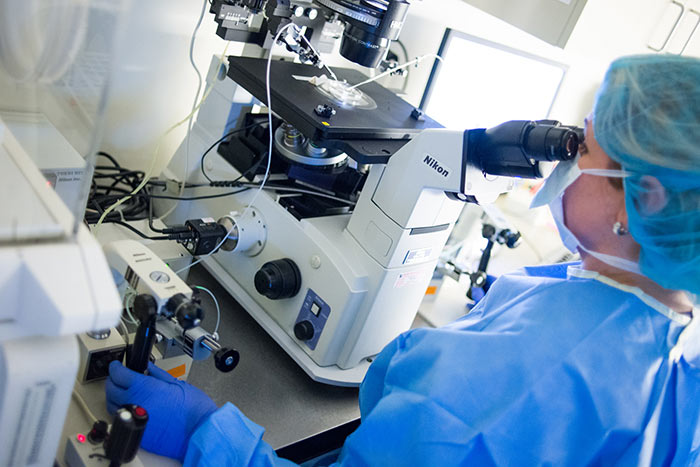
- Patient’s age
- Cause of infertility
- Ovarian reserve
- Quality and experience of the medical staff
- Quality of the endocrinology lab
- Age of medical devices and equipment used in the endocrinology lab
- Quality of culture media and materials
And let us not forget that success also depends on a woman’s health and her optimism and positive attitude.
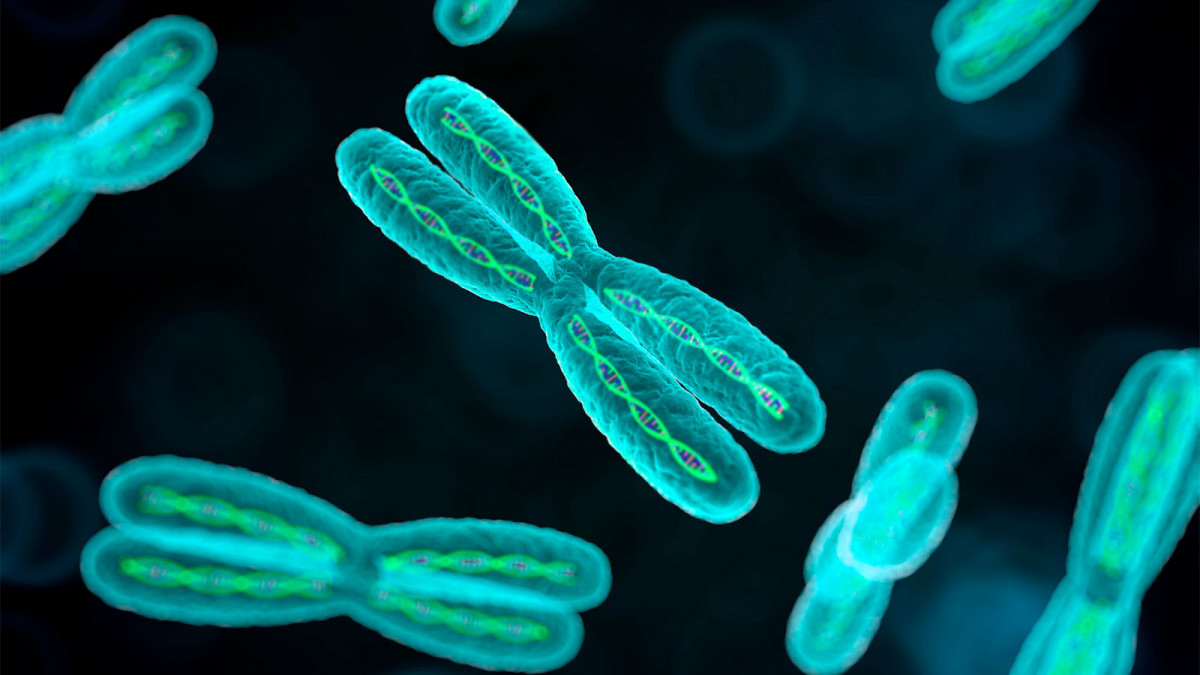
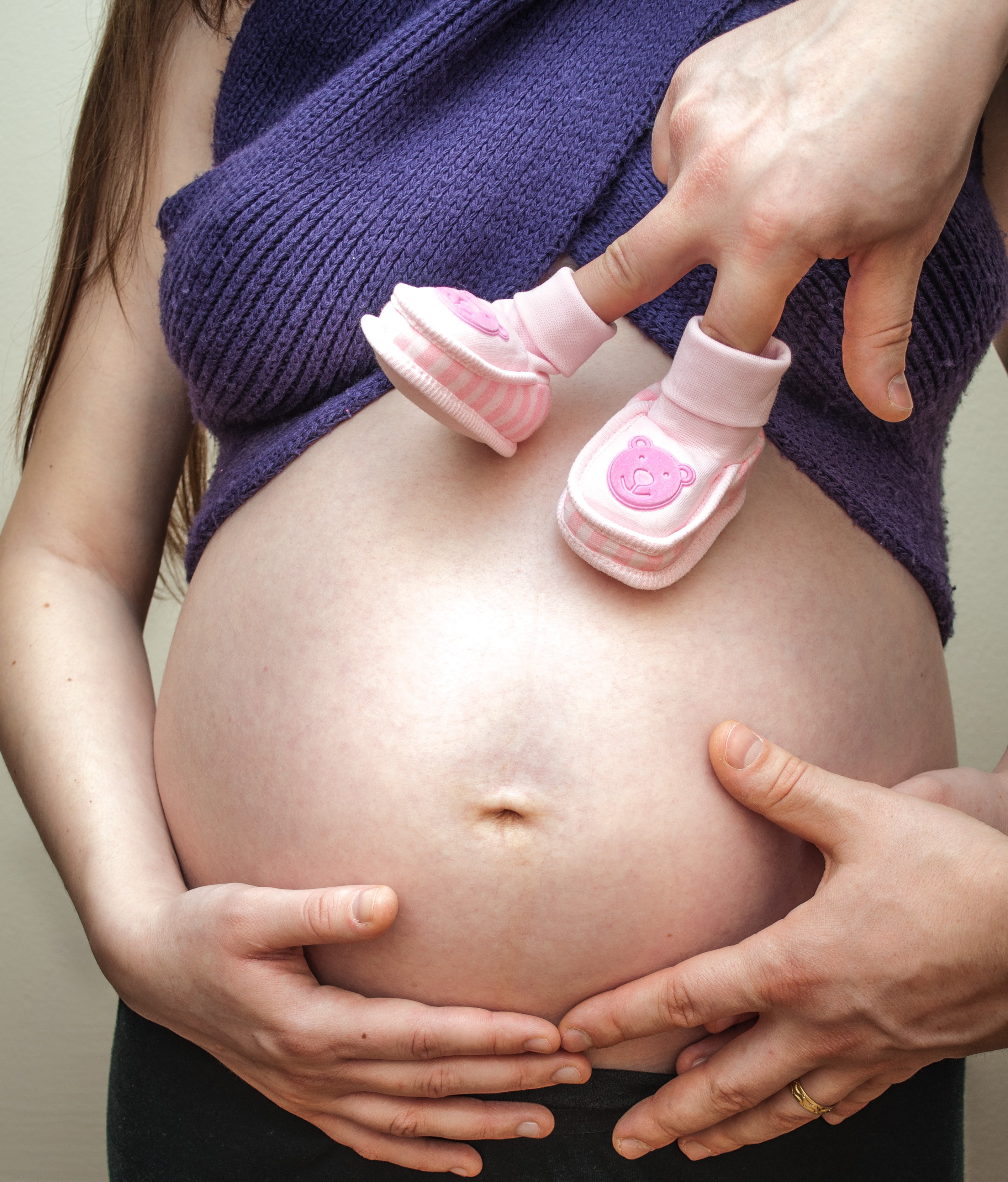

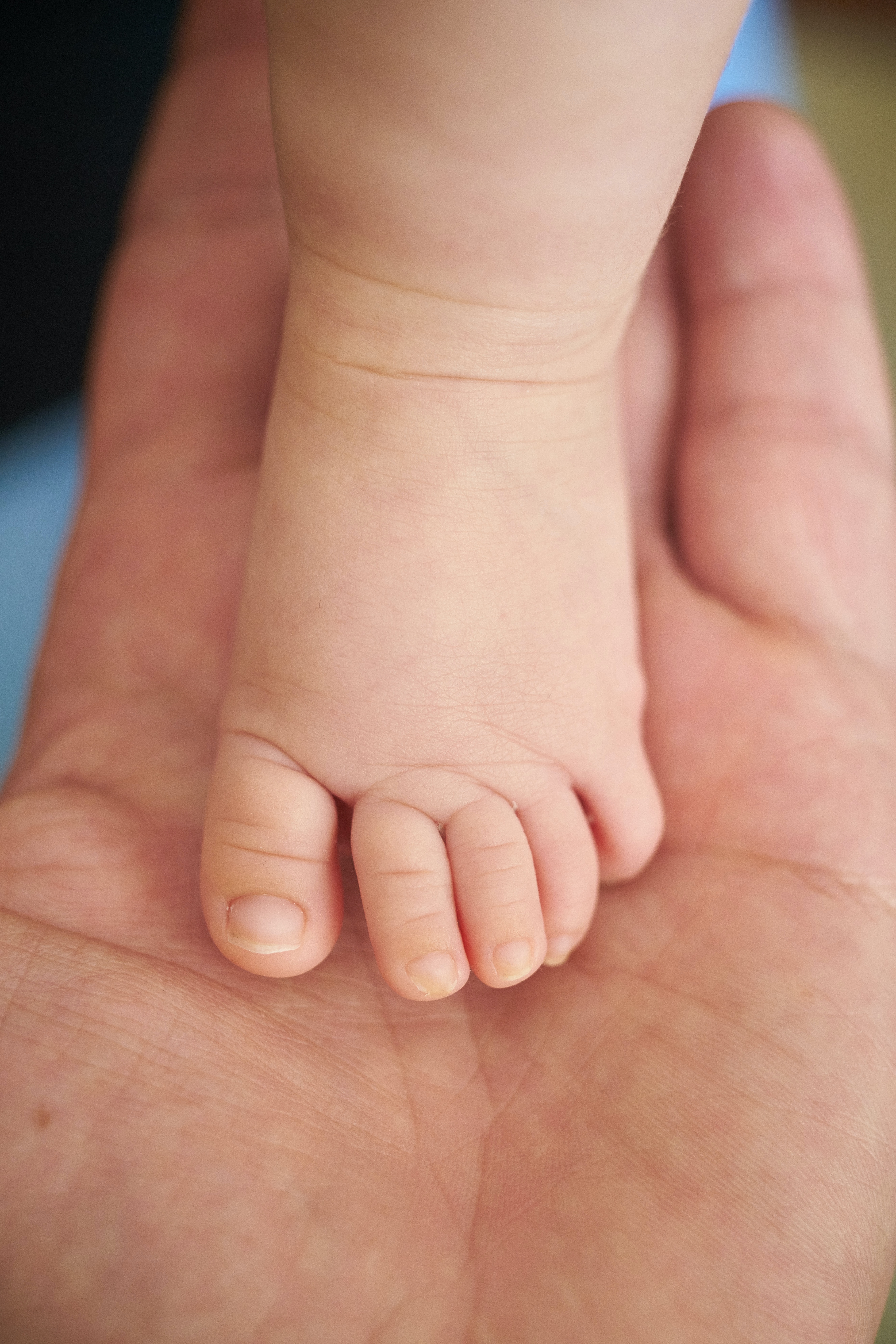


.jpg)
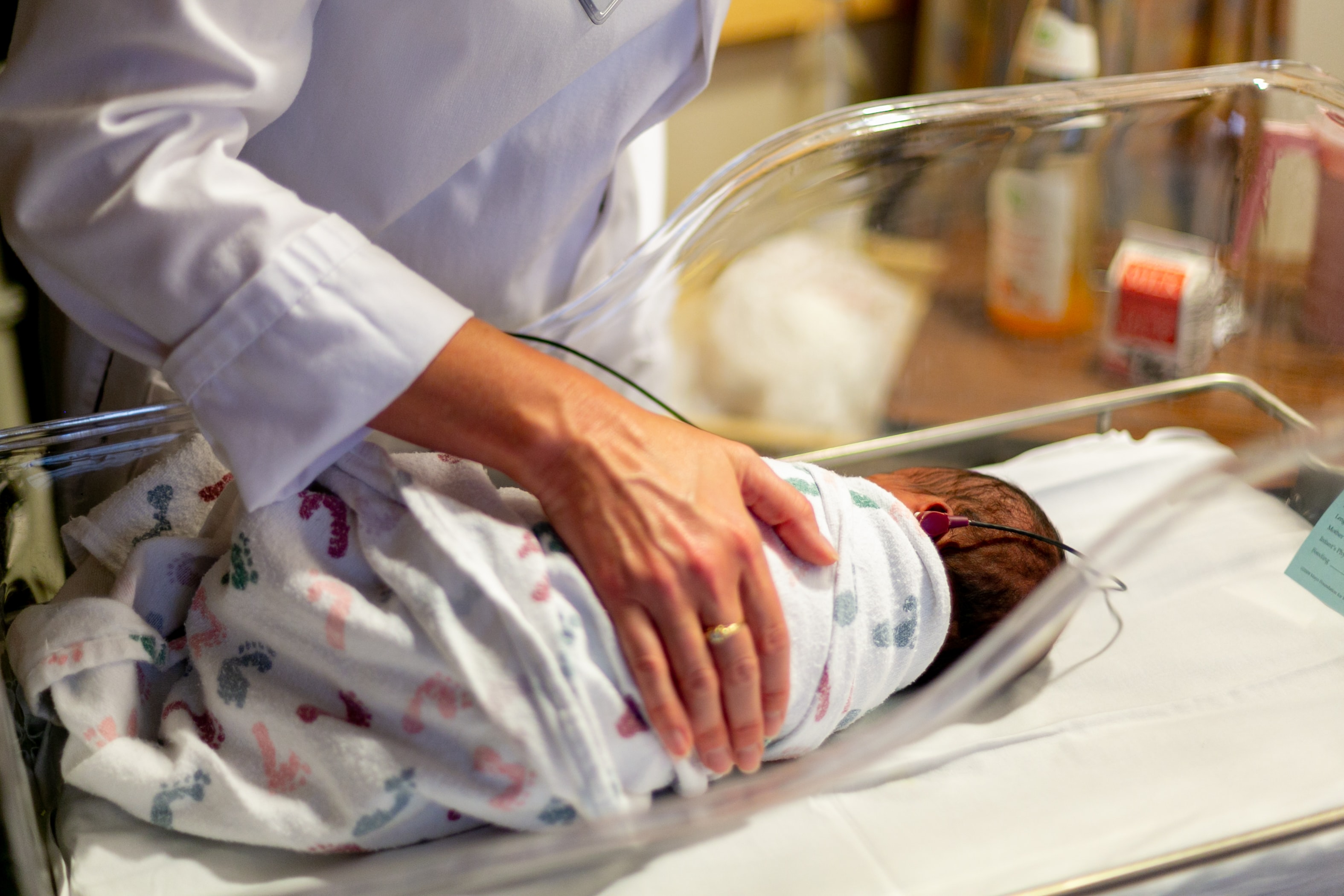
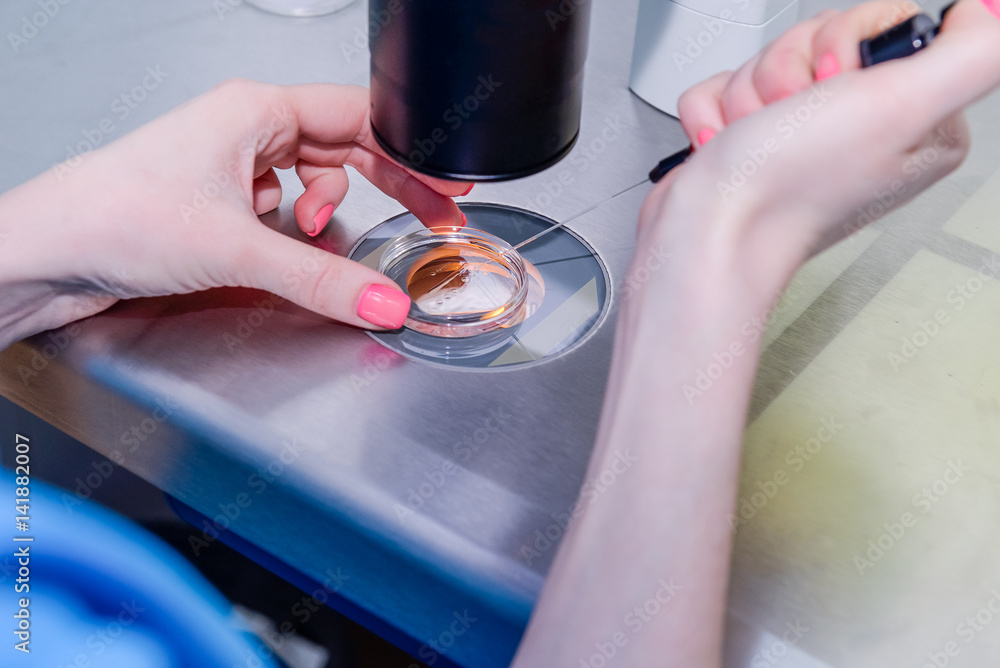
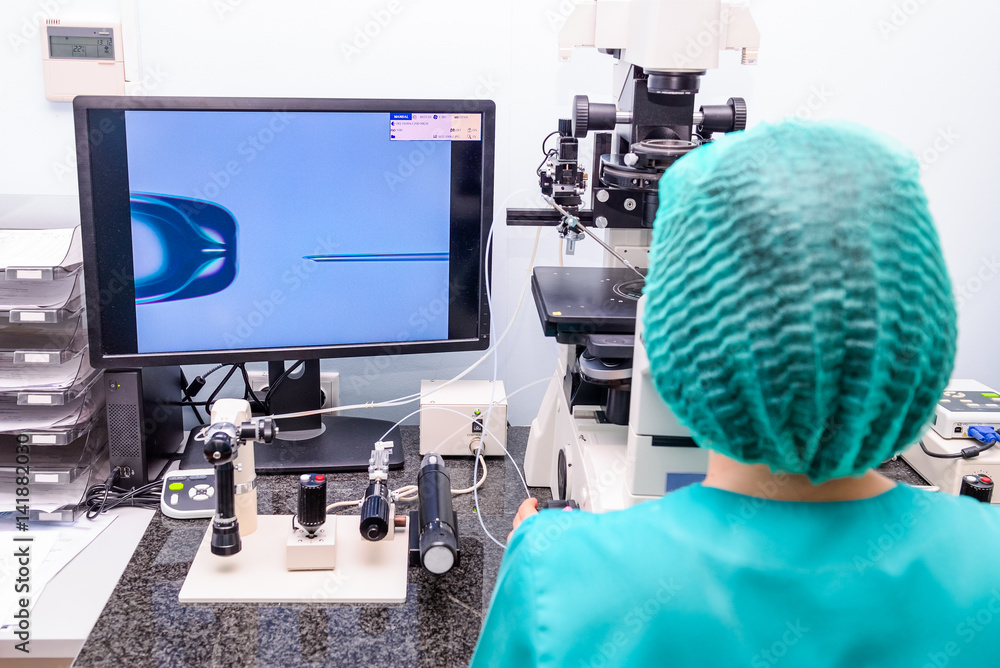
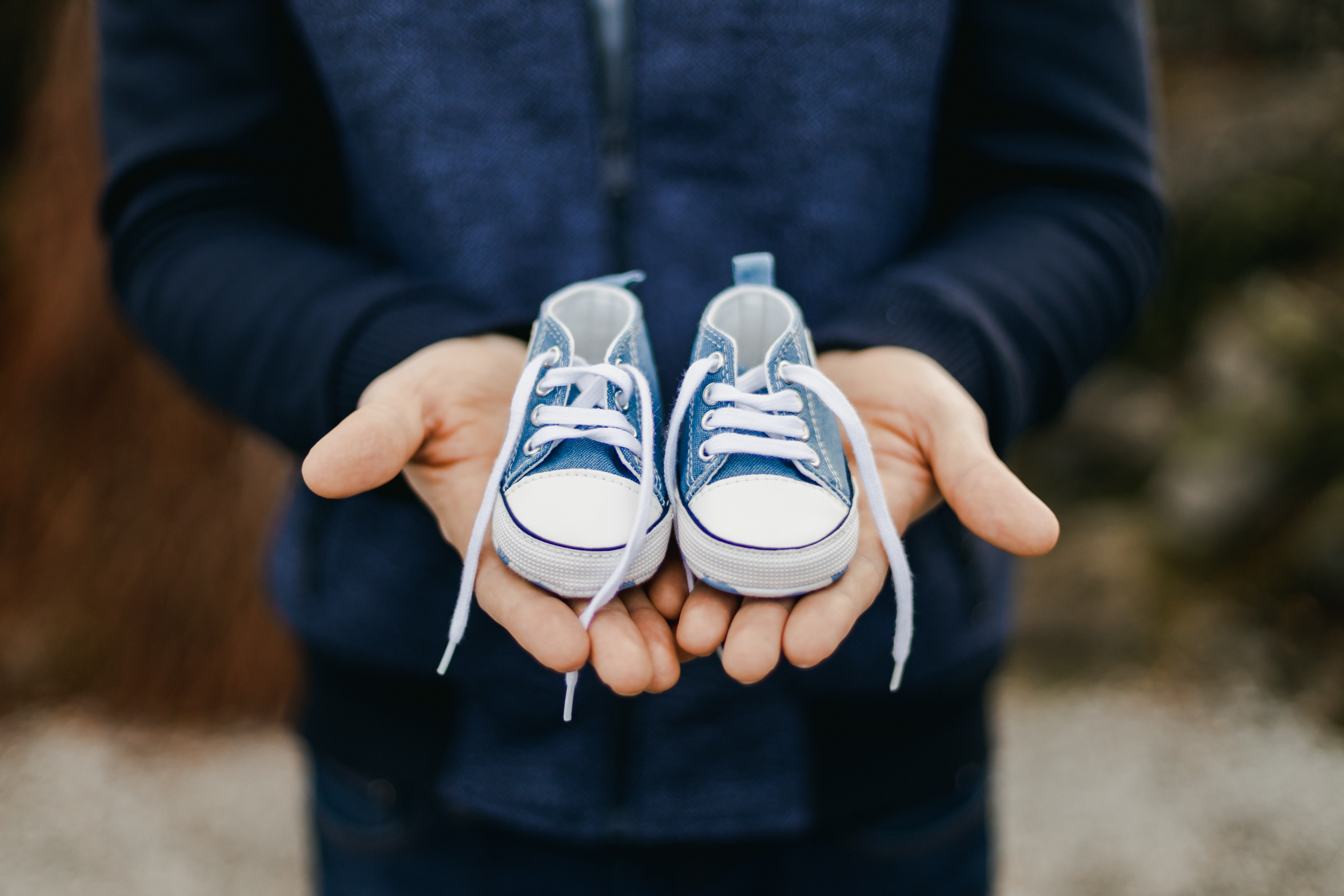

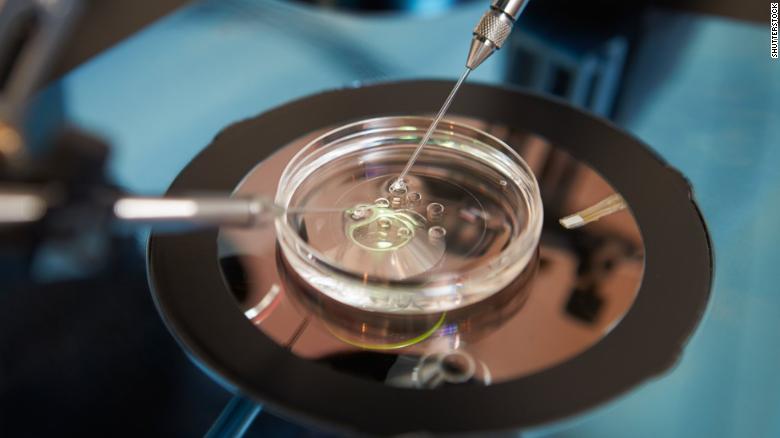
.jpg)
